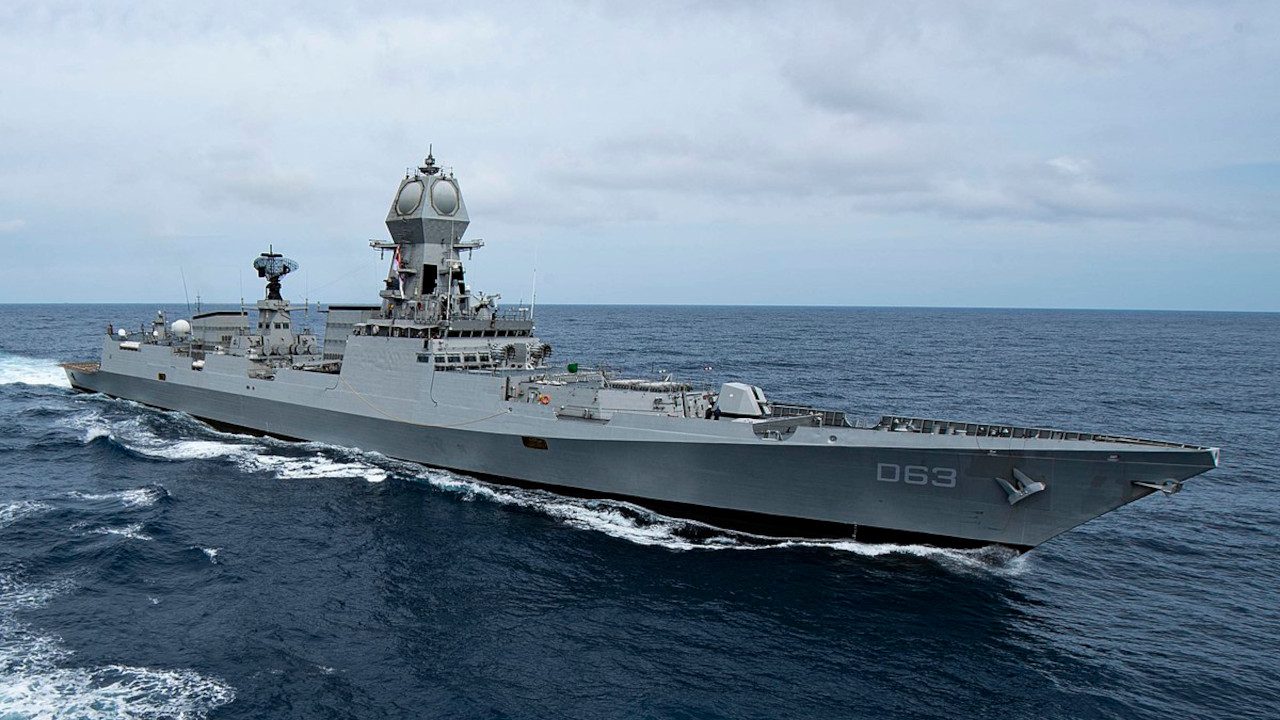For years, the conversation around artificial intelligence in maritime has been dominated by a mixture of cautious optimism and technological trepidation.
A new report from Marcura and Thetius on the subject finds an industry eager for the efficiency and safety benefits of AI, yet struggling to bridge significant cultural and operational gaps.
The core finding from the “Beyond the hype: What the maritime industry really thinks about AI” report is that AI is no longer a futuristic concept but a present-day need. Yet its widespread implementation is being held back by a series of non-technical obstacles.
The report identifies that “the primary barrier to scaling AI solutions is not technological, but cultural and organisational”.
The report identifies that “the primary barrier to scaling AI solutions is not technological, but cultural and organisational”. This single insight reframes the entire challenge: it’s not about finding a better algorithm or a more powerful processor; it’s about rebuilding trust, fostering a new kind of leadership, and empowering a workforce that is understandably wary of change.
The report notes a palpable “trust deficit” among maritime professionals, a sentiment rooted in concerns about job displacement, data privacy, and the opacity of AI-driven decision-making. These are not minor side issues but foundational hurdles that need to be addressed head-on. Otherwise, AI will remain a series of isolated experiments rather than a foundational element of the maritime ecosystem.
Top-down strategy
To overcome the inertia, the report’s seven recommendations begin with a call for clear, decisive leadership. Senior executives and managers are urged to move beyond a fragmented, opportunistic approach to AI and instead champion a cohesive, top-down strategy.
This is not about issuing a mandate to “implement AI”, but about articulating a vision for how AI will serve human objectives and solve real-world problems.
Making a commitment to a long-term, holistic vision for AI requires treating it not as a cost-cutting tool but as a strategic enabler for growth, resilience, and sustainability. It means integrating AI from the C-suite down to the operational level, ensuring every stakeholder understands its purpose and role. This requires a shift from a reactive mindset—adopting a new tool to fix a problem—to a proactive one, where AI is baked into the very fabric of business operations.
The industry must move away from the binary thinking of humans versus machines.
Beyond leadership, the report places a heavy emphasis on a “people-first” approach, a philosophy that must permeate every stage of AI integration. The industry must move away from the binary thinking of humans versus machines. The future, according to the report, is a collaborative one where humans and AI work in a symbiotic relationship.
Fostering a maritime workforce that is not just human or AI, but human plus AI, requires a significant investment in upskilling and training, not just for IT specialists but for everyone from the captain on the bridge to the engineer in the engine room. This training should focus on AI literacy, giving the workforce the knowledge to understand, operate, and, crucially, trust the new tools at their disposal. By framing AI as an augmentation of human skills, not a replacement for them, the industry can alleviate a great deal of the anxiety and resistance that is currently holding it back.
Seller emphasis
The report also provides guidance for technology companies. The onus is not solely on the end-user to embrace AI; vendors need to become trusted partners rather than just product sellers. This involves a fundamental commitment to transparency and explainability. The “black box” problem—where AI models make decisions without providing a clear rationale— can be a major contributor to the trust deficit. Vendors who can provide solutions that are not only effective but also understandable can win over the hearts and minds of the workforce.
This means vendors must be prepared to listen to user feedback, iterate on their solutions, and provide ongoing support and education.
Here, the report champions a collaborative approach: “transparency and empathy go hand in hand. Honest conversations are the foundation of successful AI adoption.” This means vendors must be prepared to listen to user feedback, iterate on their solutions, and provide ongoing support and education. This level of partnership is essential for ensuring that AI tools are not just sold, but successfully integrated and used to their full potential, driving value for both parties in the long term.
Together, Marcura and Thetius outline a path forward that acknowledges the very real human and organisational challenges of technological change. The recommendations are threefold: establish a holistic strategy, prioritise a people-centric approach, and foster a collaborative ecosystem of trust and transparency.
By focusing on these core principles, the report’s authors believe the industry can move beyond the hype and closer to a future where AI is not just a tool, but a partner in progress, enhancing safety, efficiency, and sustainability. Source: Baltic Exchange




